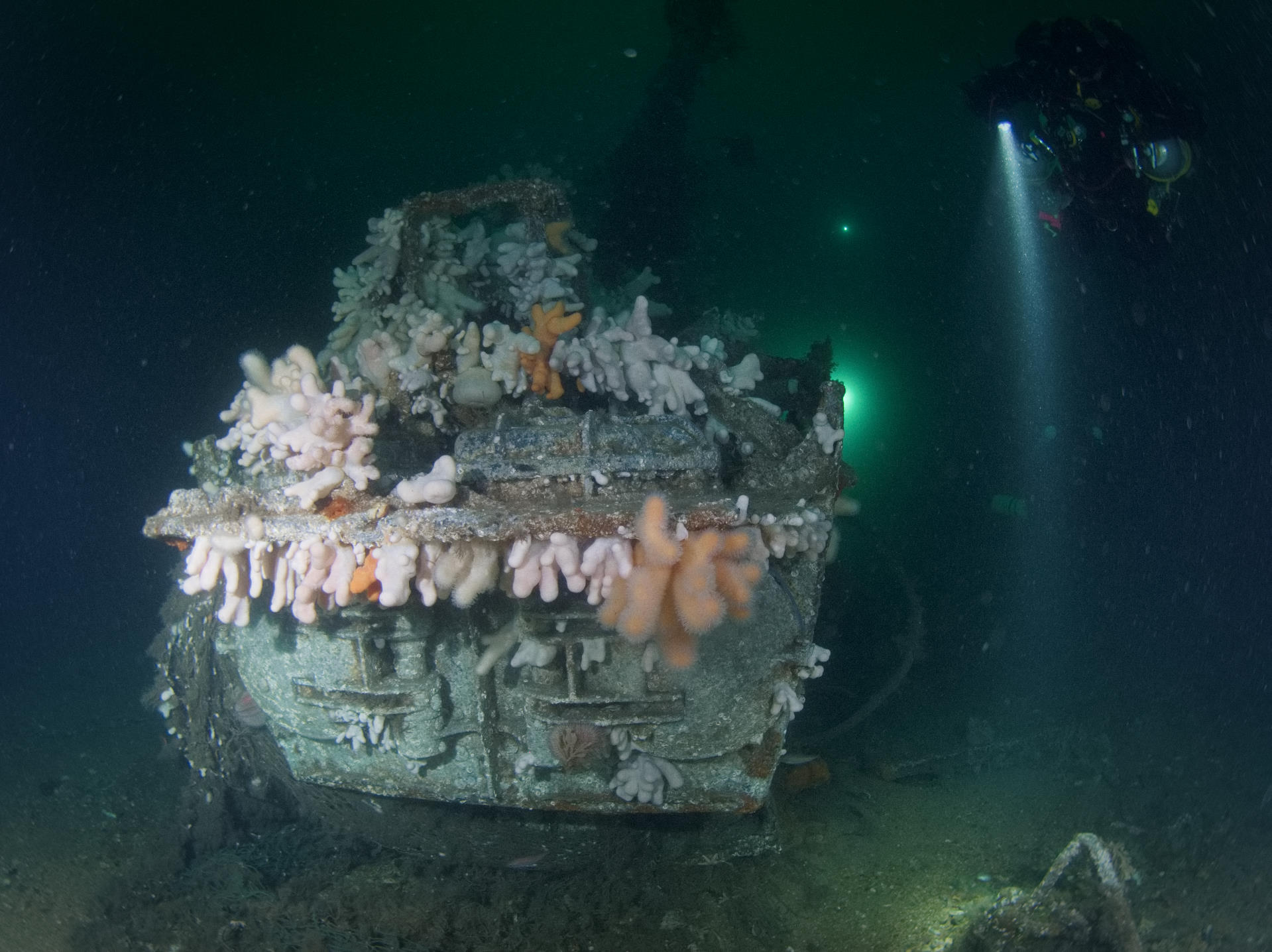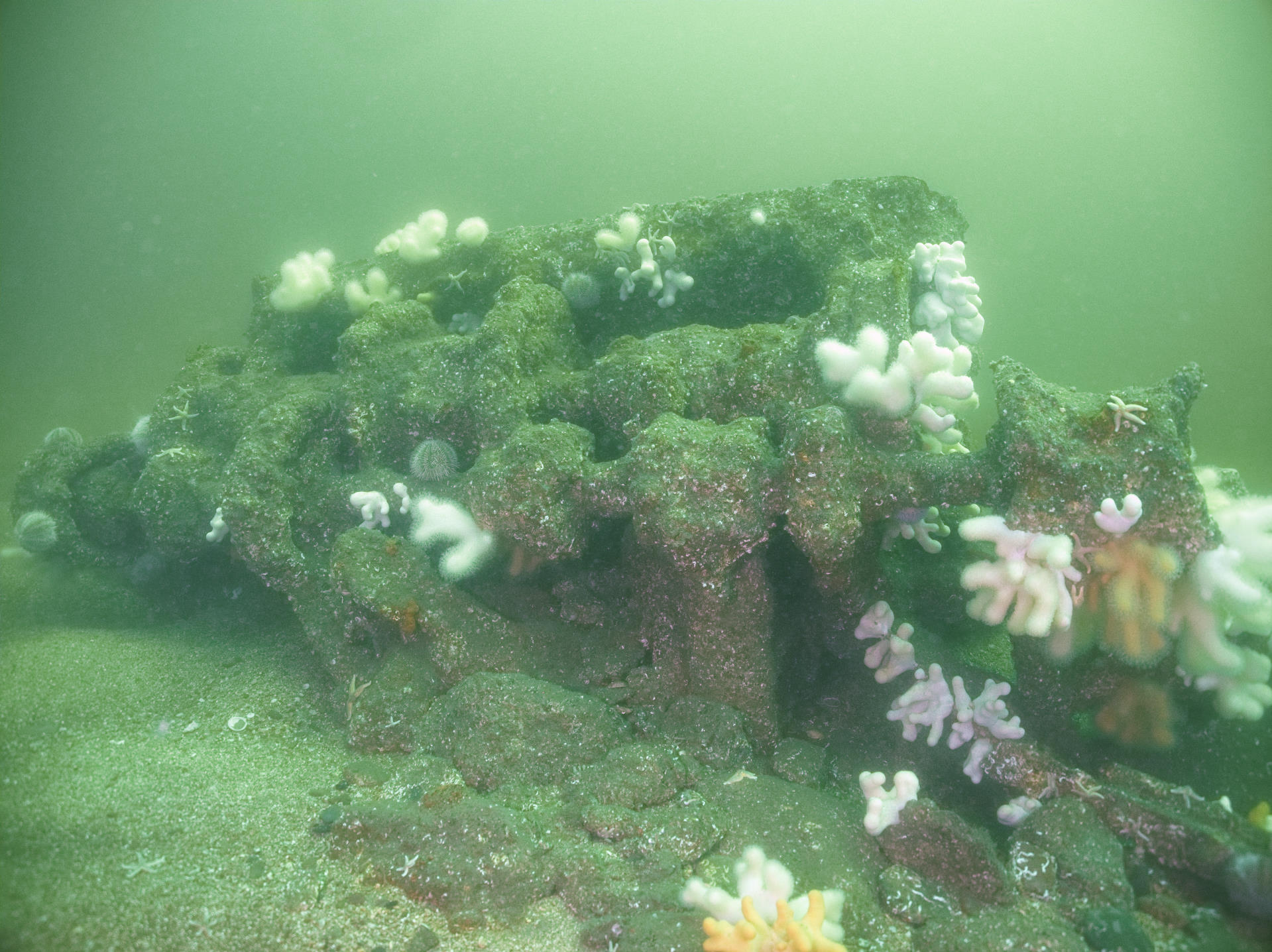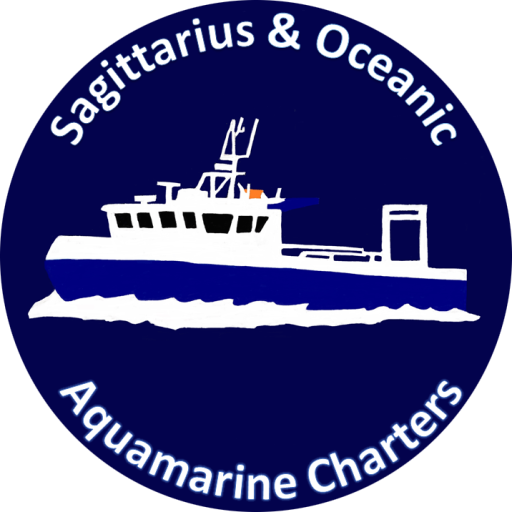Wreck Sites
Wreck sites - more to be added.....

U12 Submarine
This German submarine lies off the Firth of Forth, at a depth of about 48 metres. She is relatively intact, with the conning tower easily identified. On finning towards the hull, you can see that the pressure hull has rotted away, exposing pipes, which are a magnet for marine life. At teh stern the twin torpedo tubes can easily be seen, so too are the propellers, but all to often draped in lost/discarded fishing net. As you arrive at the bow, see image above, the bow has broken off, but the two torpedo tubes, doors tightly closed can be seen. On the starboard side of the U12 there is some wreckage on the sea bed, if you have time, take a look, as often there is a very large wolf fish under one of the metal plates.

East Neuk
The East Neuk was apparently a wooden hulled steamship, converted from a trawler, carrying a cargo of timber. She sank and was wrecked in August 1923. She lies at a depth of about 23 metres, and must be dived on slack! The remains are scattered across the sandy/gravel seabed, and comprise a boiler, twin cylinder engine block, a propeller shaft and a four bladed propeller. There are also some bits of metal plate and if you are lucky a few anchors to find here too. The seabed is mobile, so plates tend to get periodically covered and uncovered. As this site is reasonably close to South Carr Rock, Burnmouth, don't be surprised if you get your fins nibbled by a friendly grey seal as you journey around the wreckage!

Glanmire
This is the absolute classic wreck dive if you are diving from Eyemouth or St Abbs. She lies in approximately 35 metres of water, having gone off course in the fog and hit Black Carrs and slowly sank, without loss of life. This steamship now makes for a lovely dive. The shot line is generally just forward of the two big boilers and engine block. From here you can head to the stern to see the propeller which stands upright, still with its four blades. The whole wreck, is laid out on the sea floor, covered with soft corals, anemones and shoals of fish. The bow is detached from the wreck, but a rope now leads you the 10 metres across the seabed to the upstanding section. The bow as with the stern makes for some great photographic opportunities.
